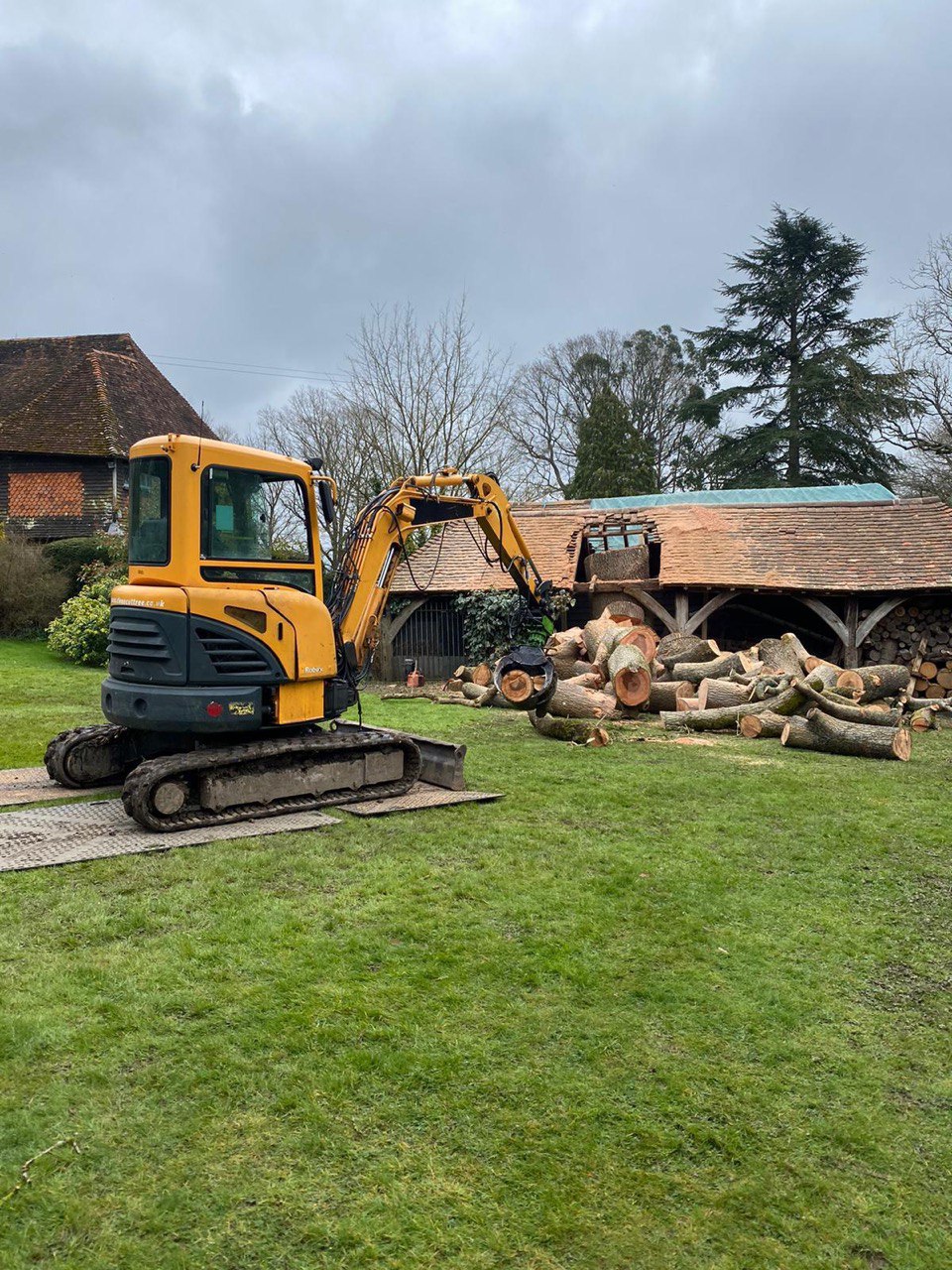Introduction: Mulching is a simple yet highly effective practice that can significantly benefit the health and vitality of your trees. It involves spreading a layer of organic material, such as wood chips or compost, around the base of a tree. In this guide, we’ll explore the benefits of mulching and provide you with best practices to ensure your trees thrive.

The Benefits of Mulching
- Moisture Retention
Mulch acts as a natural moisture barrier, reducing water evaporation from the soil. This helps maintain consistent soil moisture levels, particularly during hot and dry periods, reducing your trees’ risk of drought stress.
- Weed Suppression
A thick layer of mulch helps suppress weed growth around the tree’s base. Weeds can compete with trees for water and nutrients, so mulching eliminates this competition, allowing trees to thrive.
- Temperature Regulation
Mulch acts as an insulating layer, protecting the soil from extreme temperature fluctuations. It keeps the soil cooler in hot weather, and in cold weather, it provides some insulation against freezing temperatures.
- Soil Improvement
Over time, mulch breaks down and adds organic matter to the soil. This enriches the soil, improves its structure, and enhances its ability to retain nutrients, benefiting tree root health.
- Erosion Control
Mulch helps prevent soil erosion by reducing the impact of rainfall on the soil surface. This is especially important on slopes or in areas with heavy rainfall.
Best Practices for Mulching Trees
- Choose the Right Mulch
Select the right type of mulch for your trees. Organic mulches like wood chips, shredded bark, or compost are excellent choices. Avoid using inorganic mulches like rubber or plastic, as they don’t provide the same benefits to the soil.
- Determine the Right Depth
Apply mulch in a layer that is 2 to 4 inches deep. Too much mulch can lead to excessive moisture retention and root rot, while too little may not provide adequate benefits.
- Create a Mulch Ring
Keep the mulch at least a few inches away from the tree trunk to prevent moisture from accumulating against the bark. Mulch piled against the trunk can lead to rot and disease.
- Spread Evenly
Ensure the mulch is spread evenly in a circle around the tree, extending to the tree’s drip line if possible. The drip line is the outer edge of the tree’s canopy.
- Renew as Needed
Over time, mulch breaks down and may need replenishing. Add a fresh layer of mulch as necessary to maintain the desired depth.
- Avoid Volcano Mulching
Never create a “volcano” of mulch with a mound against the tree trunk. This can suffocate the tree and encourage pests and diseases.
- Maintain a Weed Barrier
Before applying mulch, consider using a weed barrier fabric to further suppress weed growth.
- Monitor Moisture Levels
Even with mulch, it’s important to monitor soil moisture. Ensure your trees receive adequate watering, especially during dry spells.
- Remove Grass and Weeds
Before mulching, remove any existing grass or weeds around the tree. This prevents them from growing through the mulch.
Conclusion: Mulching is a cost-effective and environmentally friendly way to promote the health and vitality of your trees. By following these best practices and choosing the right mulch, you can create an optimal environment for your trees to thrive. Remember that proper tree care, including regular mulching, contributes to your landscape’s long-term beauty and well-being.
Call us on: 01795 718990
Click here to find out more about Sittingbourne Tree Surgery
Click here to complete our contact form and see how we can help with your tree’s needs.